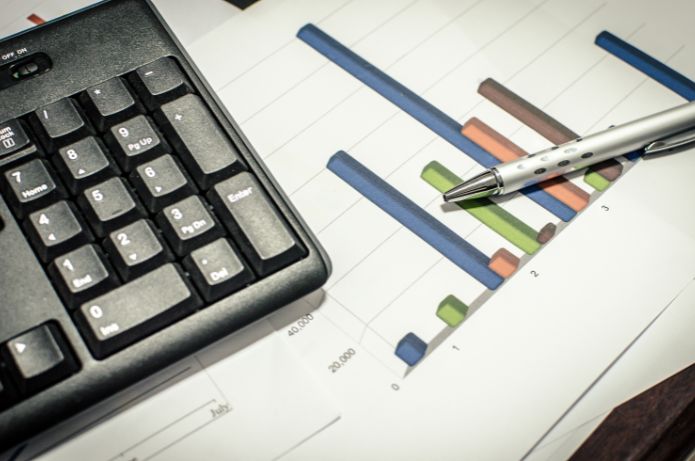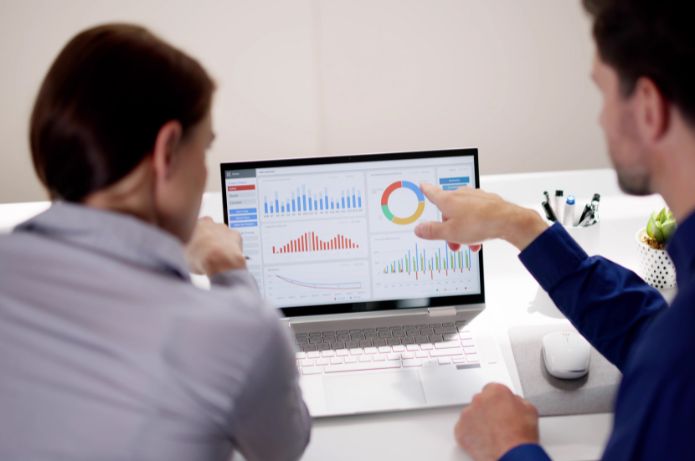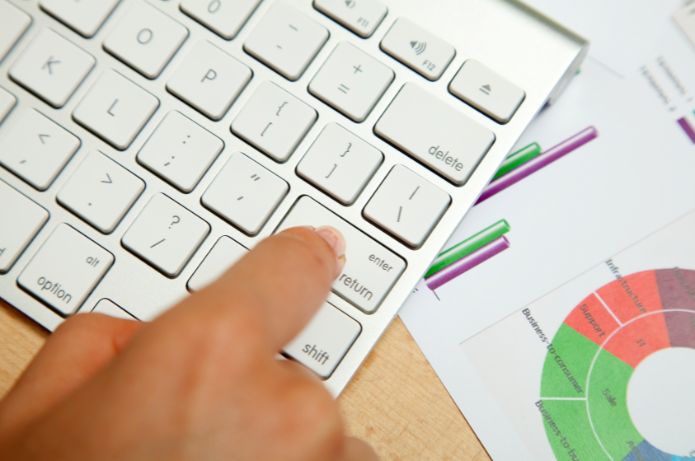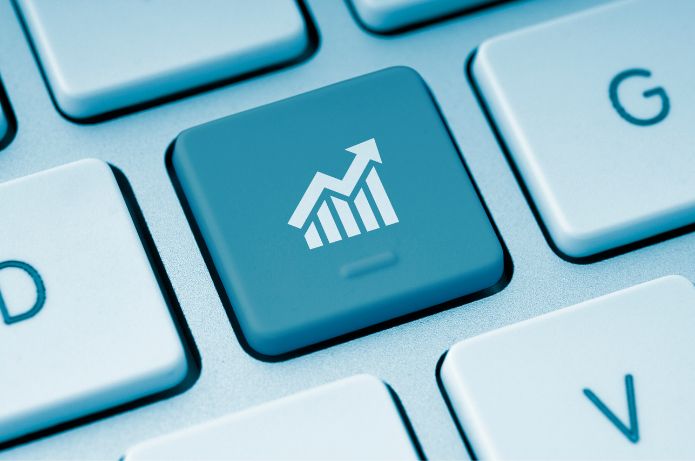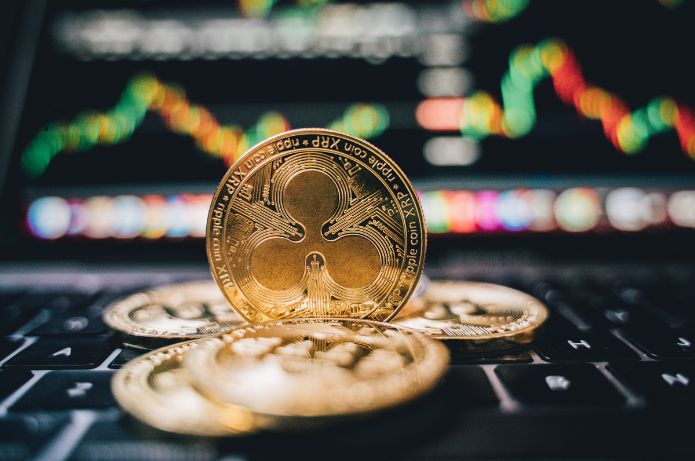In 2024, Brazil stood out in the global e-commerce scenario, registering a growth of 16% in online sales, surpassing traditionally strong markets such as North America (12%) and Western Europe (10%), according to an Atlantic report.This advance reveals much more than numbers: it reflects a movement of adaptation and innovation that redefines the Brazilian market and shows its potential in such a competitive sector. But what is behind this growth and what are the challenges and opportunities that arise?
Although the data is cause for celebration, there are nuances that deserve attention.This is because the accelerated growth of e-commerce in Brazil is not only the result of an expanding market, but also a scenario that balances technological advances and structural challenges. Physical retail, for example, recorded a fall of 3.3% in revenue in September, already discounted inflation, compared to the same month of 2023, according to the Cielo do Varejo Ampliado Index (ICVA). That is, on one hand we have progress, but on the other we observed a tendentious fall, after all this was the seventh month without growth in the sector, 1st.
When addressing these numbers, we also need to mention that this is a market that is constantly changing, precisely because the digital consumer is increasingly present in the purchase journey.The profile of the Brazilian customer has also evolved. If before online shopping was motivated by convenience and need, now they are guided by higher expectations in terms of experience.
Consumers expect a shopping journey that combines agility, personalization and trust, requiring the brands to adapt more. In Brazil, where regional demands are as varied as geographical extent, meeting these expectations can become a test of fire for companies that want to maintain competitiveness and quality.
At the same time, the convergence between the physical and digital world is a fact. It is in this scenario that we need to make a careful analysis, because Phygital has also been evolving the consumer buying journey, which can even be completed digitally, but has part of it at the point of sale, directly influencing the customer experience and the process of acquiring a product.
In addition, the socioeconomic diversity of the country presents an interesting paradox: while there is an active market for innovations, there is a significant space for access to technological infrastructure in some regions. This reinforces the importance of investing in solutions that make e-commerce more inclusive, such as diversified means of payment and logistics strategies adapted to different urban and rural contexts.
Therefore, the growth of e-commerce in Brazil should not be seen only as a positive economic indicator, but as an opportunity for the country to assume a more influential role in digital commerce. Unlike the more mature markets, where innovation is often limited to optimizations, Brazil offers a fertile ground for the creation of disruptive solutions.
However, to achieve this potential, it is necessary that market players, including technology companies, retailers and startups, have an active role in strengthening a collaborative ecosystem.This involves from the development of new automation and artificial intelligence technologies to the training of professionals to deal with the specificities of local e-commerce. From the moment Brazil positions itself not only as a consumer market, but as an innovator in the sector, it can redefine the relevance in the digital sales scenario.
Thus, the growth of e-commerce in Brazil this year is an indication that there is a fertile ground for innovation in the digital market of the country. However, the challenge now is to transform this moment into a development cycle, which brings benefits both for brands and consumers. More than numbers, what is at stake is the ability of the country to reinvent itself and assert itself as a leader in a constantly changing scenario. And this trajectory depends not only on maintaining the pace of growth, but on building the foundations for an even more robust digital future.

